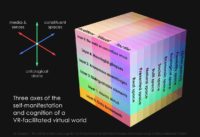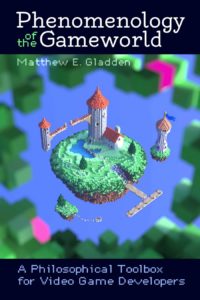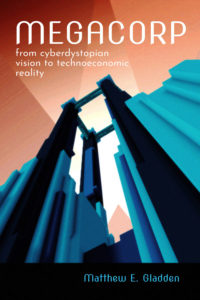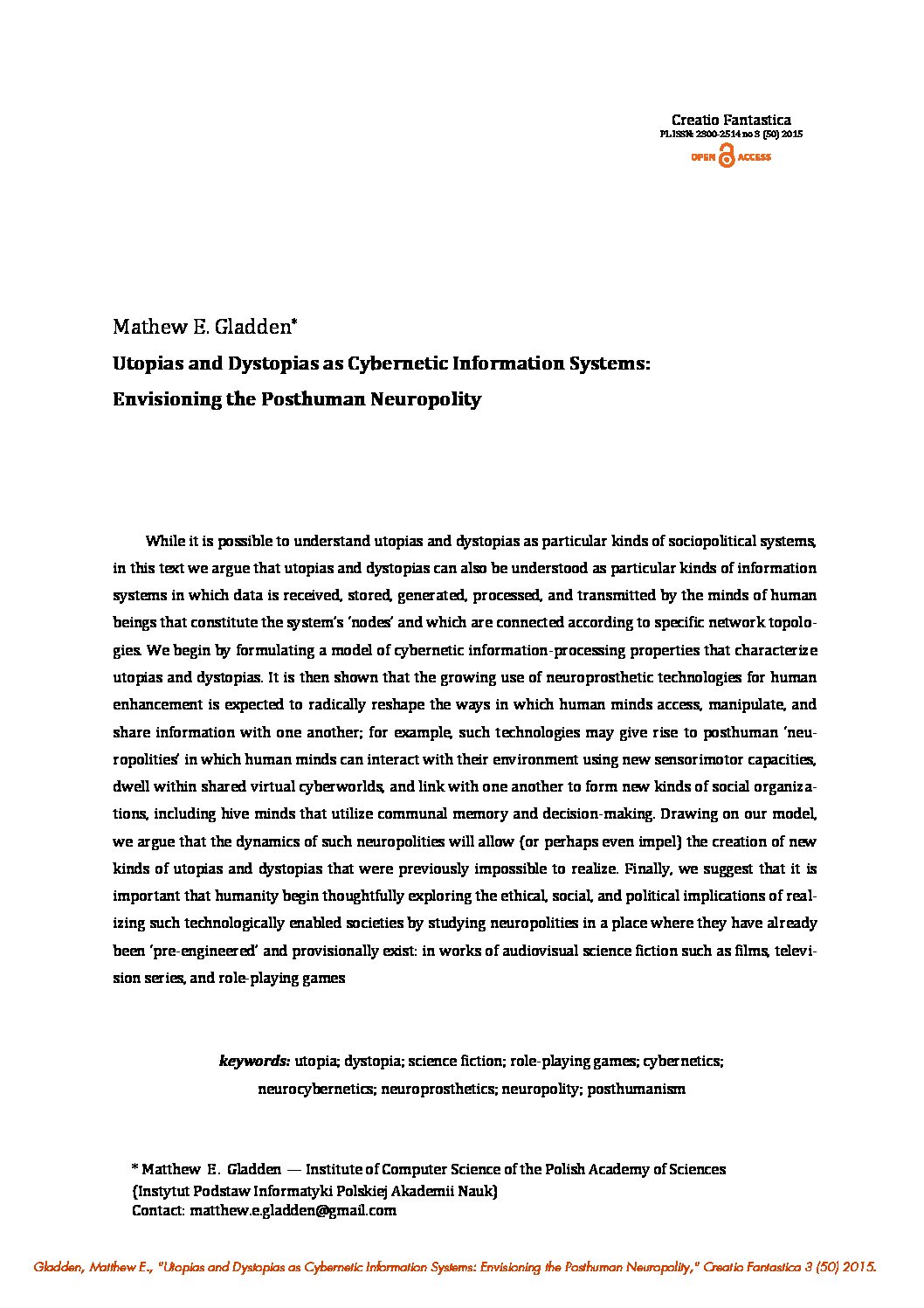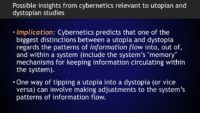Revisiting Ingarden’s Theoretical Biological Account of the Literary Work of Art: Is the Computer Game an ‘Organism’?
Horizon: Studies in Phenomenology 9, no. 2 (2020)
ABSTRACT: From his earliest published writings to his last, Roman Ingarden displayed an interest in theoretical biology and its efforts to clarify what distinguishes living organisms from other types of entities. However , many of his explorations of such issues are easily overlooked, because they don’t appear in works that are primarily ontological, metaphysical, or anthropological in nature but are “hidden” within his works on literary aesthetics, where Ingarden sought to define the nature of living organisms in order to compare literary works to such entities. This article undertakes a historical textual analysis that traces the evolution of Ingarden’s thought regarding the nature of the literary work of art as an organism-like entity and uncovers its links with the simultaneous development of his systems theory and its central concept of the “relatively isolated system”: for Ingarden, a literary work and an organism are each a systematically transforming, “living, ” functional-structural whole that comprises a system of hierarchically arranged and partially isolated (yet interdependent) elements whose harmonious interaction allows the literary work or organism to fulfill its chief function. Having completed that historical analysis, we test Ingarden’s assessment of works of art as organism-like entities in a novel context by investigating the organism-like qualities of the contemporary computer game; insofar as their AI-driven behavior displays a form of agency, such games might appear to be even more “alive” than traditional works of art. We show that Ingarden’s conceptual framework provides a useful tool for understanding the “organicity” of such games as works of art, despite the fact that they differ qualitatively from those art forms with which Ingarden was directly familiar.
